- The Impact of AI on Digital Marketing - October 24, 2025
- How to Run a Successful Social Media Campaign - October 24, 2025
- Digital Marketing Mistakes to Avoid in 2025 - October 23, 2025
How to Run a Successful Social Media Campaign
This complete guide will help you build a successful social media marketing strategy and follow the right best practices from day one.
What Is a Social Media Marketing Strategy?
A social media marketing strategy outlines everything you plan to do and achieve through your social channels. It acts as a roadmap, guiding your actions, shaping your content, and helping you measure what’s working and what isn’t.
The key to success? Clarity and focus. The more specific your plan, the more effective it will be. Avoid making it overly ambitious or too vague; your strategy should be concise, actionable, and measurable.
In this post, we’ll walk you through a seven-step framework to build a winning social media marketing strategy from scratch. You’ll also get access to a free downloadable template to help you put everything into action.
To top it off, we’ve included expert insights from Amanda Wood, Senior Manager of Social Marketing at Hootsuite, to help you make smarter, data-backed decisions.
TL;DR: If you’re a social media or marketing manager looking to improve your strategy and deliver real results, you’re in the right place.
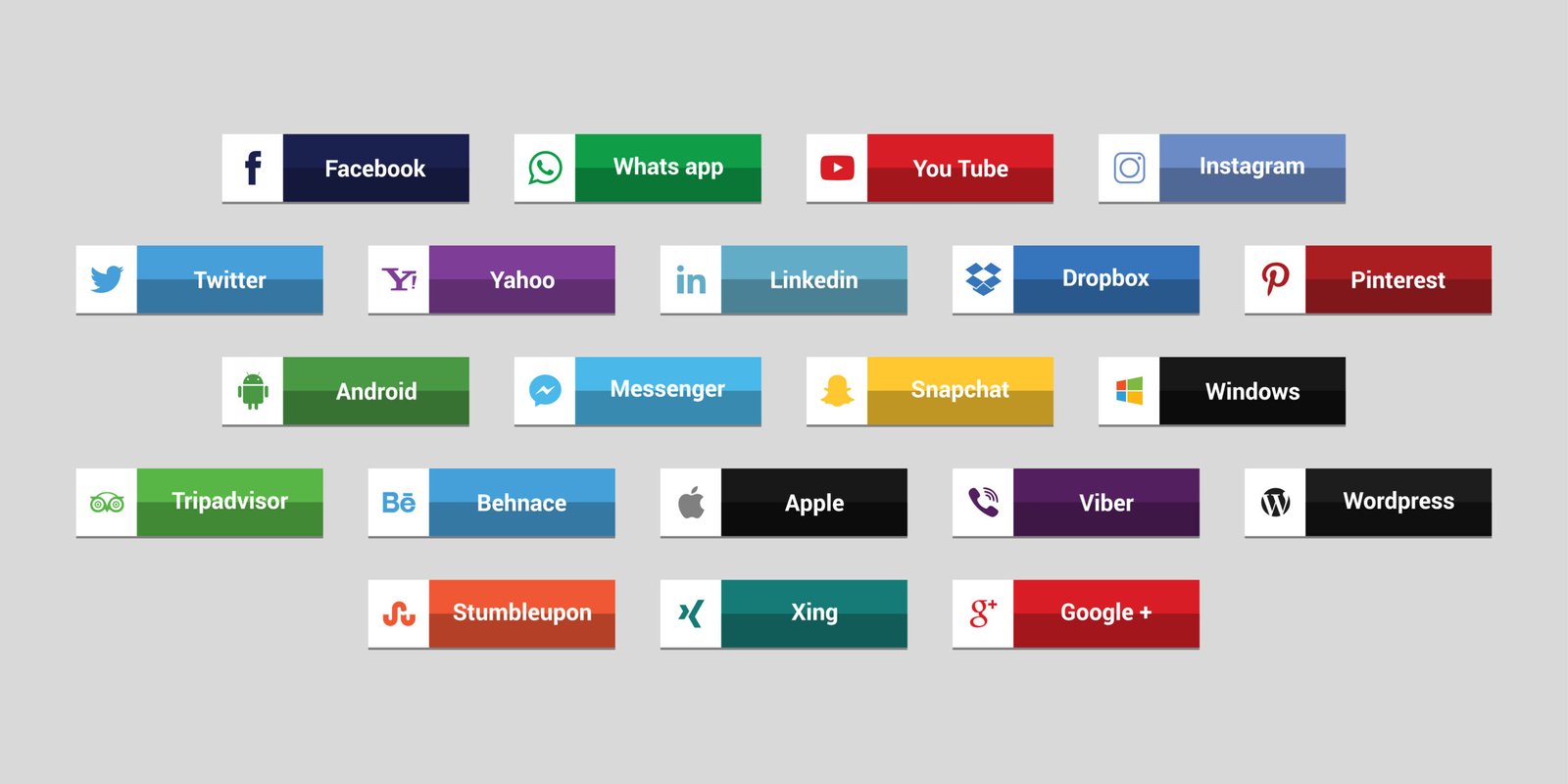
A solid social media marketing strategy defines your goals, the tactics to achieve them, and the metrics to measure success. Without a clear plan, you’re just posting with no purpose. With one, every post, comment, and campaign has direction and impact.
A strong social media strategy should:
- Set clear, measurable goals that match your overall business objectives.
- Identify the best platforms and content formats for your target audience.
- Track essential metrics like reach, engagement, and website traffic to see what’s effective.
- Establish a clear workflow for planning, publishing, and analyzing your social activities.
Because social media evolves quickly, a thoughtful and flexible strategy helps you stay ahead of trends, reach the right people, and turn engagement into real results.
Step 1: Set Clear Goals for Business Success
Every successful social media strategy starts with clear goals. Without them, you can’t measure progress or show return on investment (ROI).
Begin by setting SMART goals, which are:
- Specific (clearly defined)
- Measurable (trackable with data)
- Attainable (realistic within your resources)
- Relevant (linked to your business priorities)
- Time-bound (set within a clear timeframe)
These goals give your strategy direction and help you focus your time, budget, and energy on actions that truly make a difference.
If you’re new to goal-setting, look to Hootsuite’s social strategy frameworks for different industries, including small businesses, education, and healthcare.
Track Metrics That Matter
Not all metrics are equally important. While it may be tempting to chase vanity metrics like follower counts or likes, these numbers don’t always reflect business growth.
Instead, focus on key performance indicators (KPIs) that show real value, such as:
- Conversion rate (how many people take desired actions)
- Click-through rate (CTR) (how many users engage with your links)
- Cost per click (CPC) (how much you spend to drive engagement)
- Story views or engagement rate (to measure audience interest)
According to recent Hootsuite research, 69% of marketers prioritize conversion and engagement metrics for measuring ROI, while 79% focus on brand awareness.
In short, choose metrics that demonstrate your impact, not just your popularity.
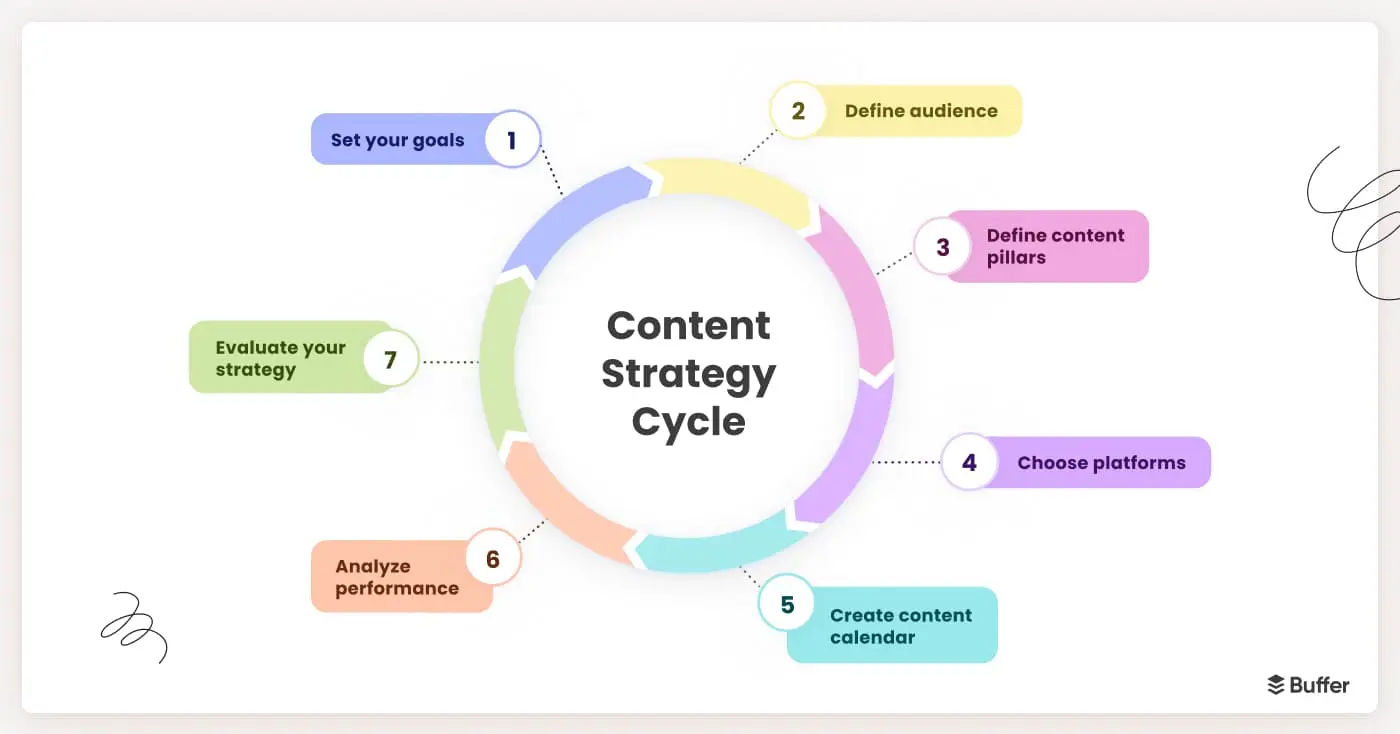
Step 2: Know Your Audience Inside and Out
To create an effective social media strategy, you need to view your fans, followers, and potential customers as real people with real needs and desires. Understanding them deeply allows you to target your content more effectively. This is true whether your goal is generating leads or building long-term loyalty.
Tools like Hootsuite Analytics make this process easier by showing who your followers are, where they live, and how they engage with your content. In fact, 61% of organizations in a recent Hootsuite survey use AI-powered insights to simplify audience analysis and make smarter marketing decisions.
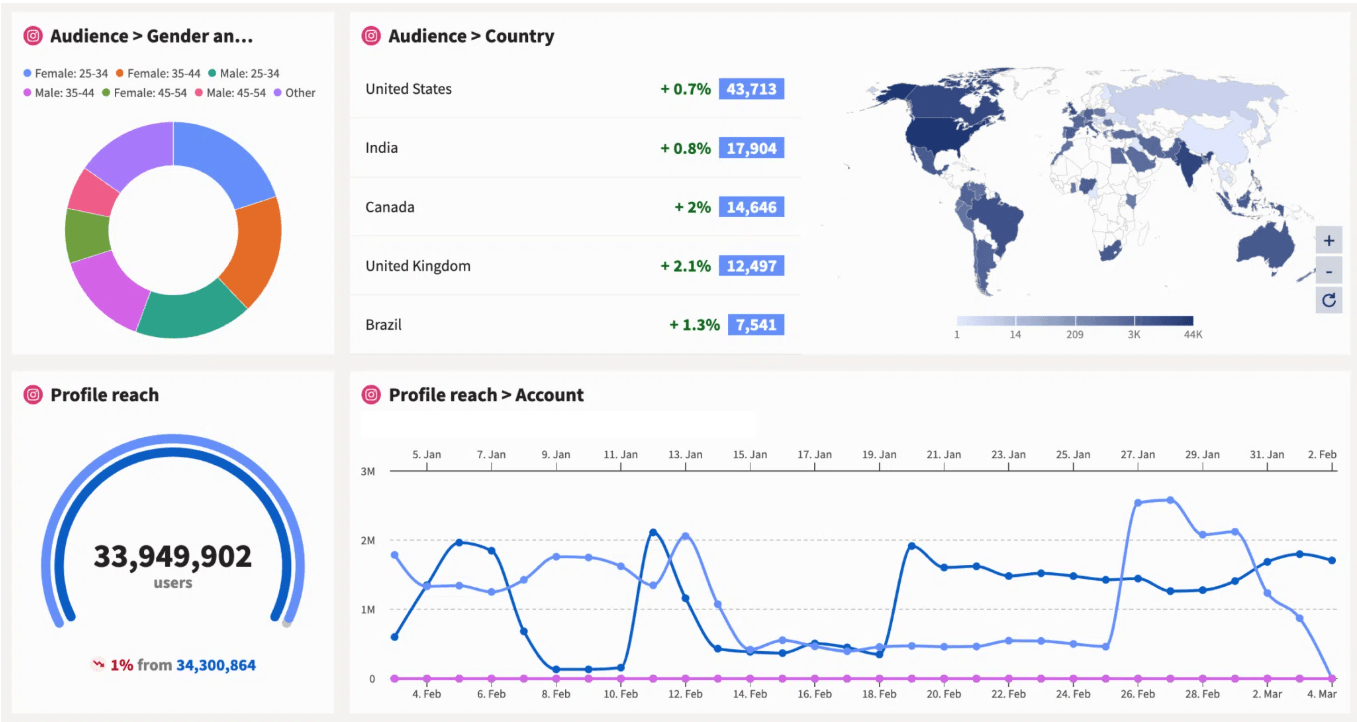
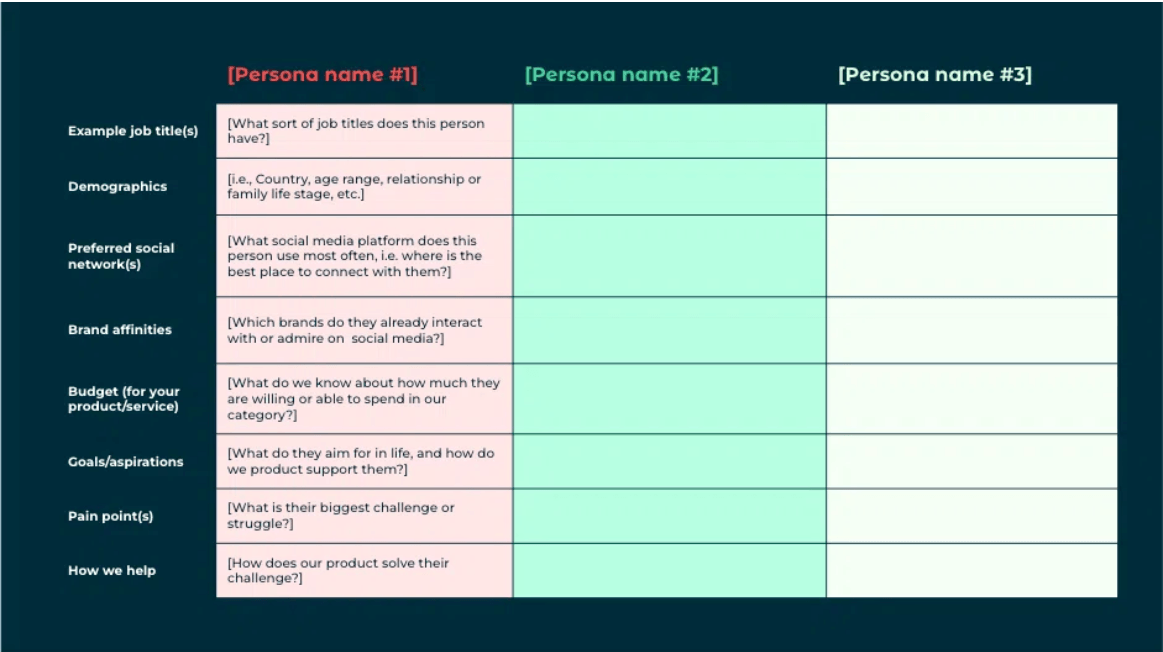
With this information, Jugnoo improved its targeting strategy. The company focused its ad spending on 18 to 34-year-old Android users and successfully reduced referral costs by 40%.
Your brand can achieve similar results by making decisions based on data. Start by exploring our guide to social media analytics and find the best tools to help you track, analyze, and act on your data.
Step 3: Assess Your Competitors’ Performance
Chances are, your competitors are already active on social media. That’s great news for you. By studying what they do, you can find valuable insights to improve your own strategy and stay ahead in your industry.
Conduct a Competitive Analysis
A competitive analysis helps you identify who your main competitors are, what they do well, and where they fall short. This process gives you a clearer picture of industry standards, helping you set realistic social media goals and performance targets.
It also highlights opportunities and gaps that your brand can take advantage of. This includes improving engagement, trying out new content formats, or targeting an underserved audience segment.
Make sure to document your findings in your social strategy file. This way, your team can create campaigns based on real, actionable insights.

Use Social Listening to Stay Ahead
Another effective way to monitor your competitors is through social listening. This helps you track what people say about competing brands, identify emerging trends, and find new opportunities to stand out.
Tools like Hootsuite Listening simplify the process. In fact, one in three brands in 2024 used it to stay ahead of market shifts. By tracking your competitors’ company names, social handles, and industry keywords, you can discover valuable insights such as:
- A weak presence on certain platforms, like Instagram.
- A change in audience sentiment toward their brand.
- Trending topics that your competitors haven’t explored yet.
These insights help you improve your content strategy, fill gaps in the market, and keep your brand one step ahead.
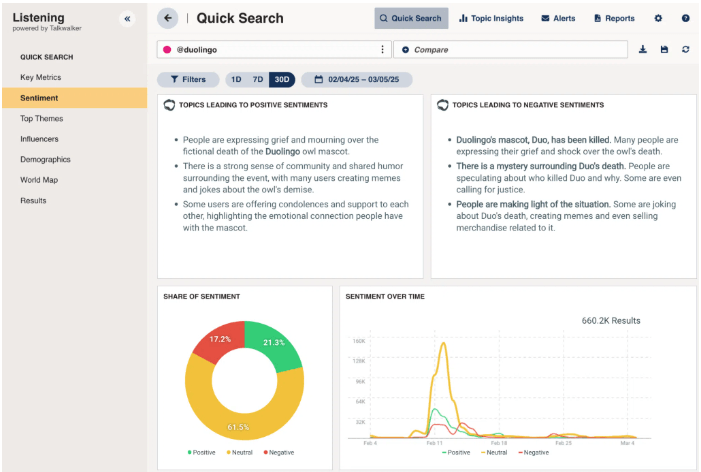
Step 4. Boost your social presence
Before you dive into expanding your social media presence, take a moment to assess where you currently stand. Identify what’s delivering results — and what needs improvement.
Use Hootsuite’s Social Media Audit Guide and Template to uncover hidden opportunities, close performance gaps, and make sure every profile is optimized for maximum impact.
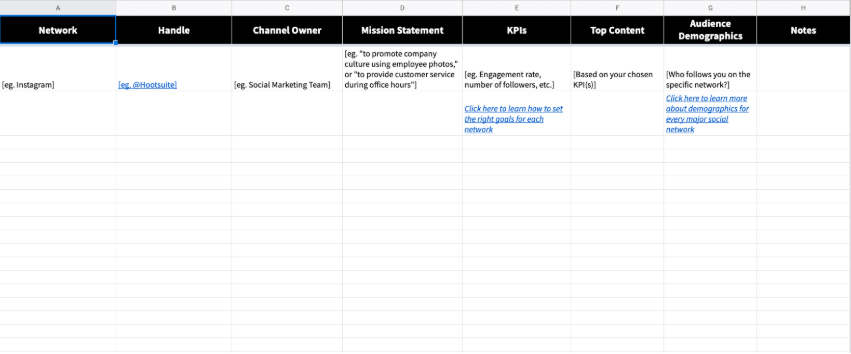
Review Your Current Performance
Ask yourself:
- Which platforms bring in the most engagement and traffic?
- What type of content gets the best response from your audience?
- Are there inactive or low-performing accounts that need a refresh or retirement?
Use these insights to refine your strategy. Focus on what’s working and rethink or pause what isn’t. If a platform isn’t meeting your goals, consider changing your approach or shifting focus to where your audience spends the most time.
Optimize Your Profiles for Visibility and Engagement
In 2024, nearly 1 in 4 American adults used social media as their primary search tool. Gen Z leads this trend, with 46% preferring to search on social platforms instead of traditional engines.
That means your social profiles should be optimized for social SEO:
- Keep your bio, profile images, and contact details updated.
- Use relevant keywords in your descriptions for better visibility.
- Maintain a consistent brand voice and visual identity across platforms.
A well-optimized profile builds trust, improves discoverability, and turns visitors into loyal followers.
Check for Impostor Accounts
Fake or duplicate profiles using your brand name can confuse potential customers or harm your reputation. Regularly monitor social platforms for impostor accounts and report them when necessary.
If available, get verified. It boosts credibility and helps protect your brand’s authenticity. Here’s where you can apply for verification:
- X (Twitter)
- TikTok
- YouTube
A strong social media strategy starts with a clean, optimized foundation. By auditing regularly and keeping profiles up to date, you’ll set your brand up for lasting engagement and measurable growth.
Step 5. Find content inspiration
Your brand’s voice should be unmistakably your own — but that doesn’t mean you can’t draw inspiration from others who are nailing it on social media. Observing what successful brands do well can spark new ideas and help you craft a content strategy that feels authentic, relevant, and fresh.
Creativity matters more than ever. According to Hootsuite’s 2025 Social Media Trends Survey, 25% of marketers say the majority of their social content is entertainment-driven. Simply put, people don’t just want to be informed — they want to be engaged and entertained.
As Amanda Wood, Hootsuite’s Senior Manager of Social Marketing, explains:
“I consider it my job to stay active on social — to know what’s trending, which campaigns are winning, what’s new with the platforms, and who’s going above and beyond.”
Keeping up with trends and standout campaigns will help you find your creative flow. Whether this feels like the most exciting or the most challenging step, it’s a crucial one. A consistent pulse on creativity ensures your social strategy doesn’t just connect — it captivates.
Social media success stories
You can usually find these case studies in the business or marketing sections of major social media platforms’ websites. They’re packed with practical insights and real-world examples you can learn from — helping you refine your own social media strategy and apply proven tactics for better results.

Award-winning accounts and campaigns
You can also explore the winners of The Facebook Awards or The Shorty Awards — both highlight brands that excel at creativity, storytelling, and engagement on social media. These examples can spark ideas and show you what truly effective, award-winning social media marketing looks like in action.
Your favorite brands on social media
Who do you like to follow on social media? What makes their content so engaging that people like, comment, and share it?
Take **Animal Planet**, for example. Their social media features fascinating wildlife footage, behind-the-scenes looks, and educational storytelling. This combination captures audiences’ attention and encourages sharing.

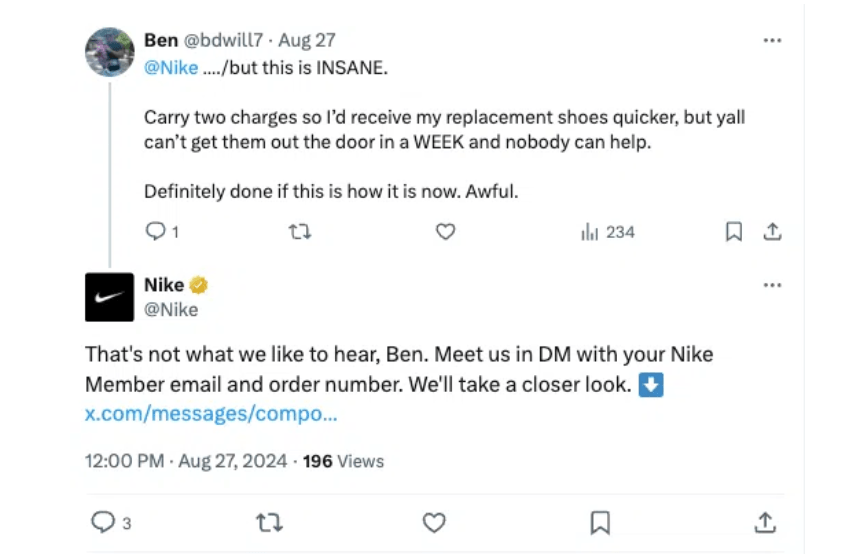
Ask your followers
Your customers can be a rich source of inspiration on social media. By paying attention to what your target audience is discussing online, you can uncover valuable insights into their needs, preferences, and challenges.
If your brand already has active social media channels, consider asking your followers directly what types of content or experiences they’d like to see. Most importantly, follow through — acting on their feedback builds trust, deepens engagement, and fosters long-term loyalty.
Step 6. Craft engaging content
Creating high-quality content is just the first step. To achieve real results, you need a strategic posting approach — delivering the right content to the right audience at the right time.
Plan your content mix
The most successful social media strategies strike a balance between different types of content to keep your audience engaged and coming back for more.
Interestingly, while 34% of social media users say self-promotional content turns them off, 48% of marketers post product or brand updates multiple times a week — showing that many brands are overdoing promotion.
So, how can you get it right? Consider organizing your content into three main categories:
- Educate and Inform – Share tips, industry insights, and thought leadership that provide real value.
- Entertain and Engage – Jump on trends, use humor, or give followers behind-the-scenes glimpses.
- Promote and Convert – Highlight your products, services, and customer success stories.
Not every post should be a sales pitch. Following the 80/20 rule is a helpful guide:
- 80% of your content should educate, inform, or entertain.
- 20% can directly promote your brand.
This strategy keeps your audience interested while still helping you achieve your marketing goals.
Spoiler alert: nothing is final. Social media changes fast. New networks appear, and existing platforms see shifts in their audiences. Your business will change over time as well. That’s why your social media marketing strategy should be a living document. You need to review and adjust it regularly. Keep it handy to stay on track, but feel free to update it so it reflects new goals, tools, or initiatives.

![6859042[1]](https://designflash.in/wp-content/uploads/2025/10/68590421-scaled.jpg)